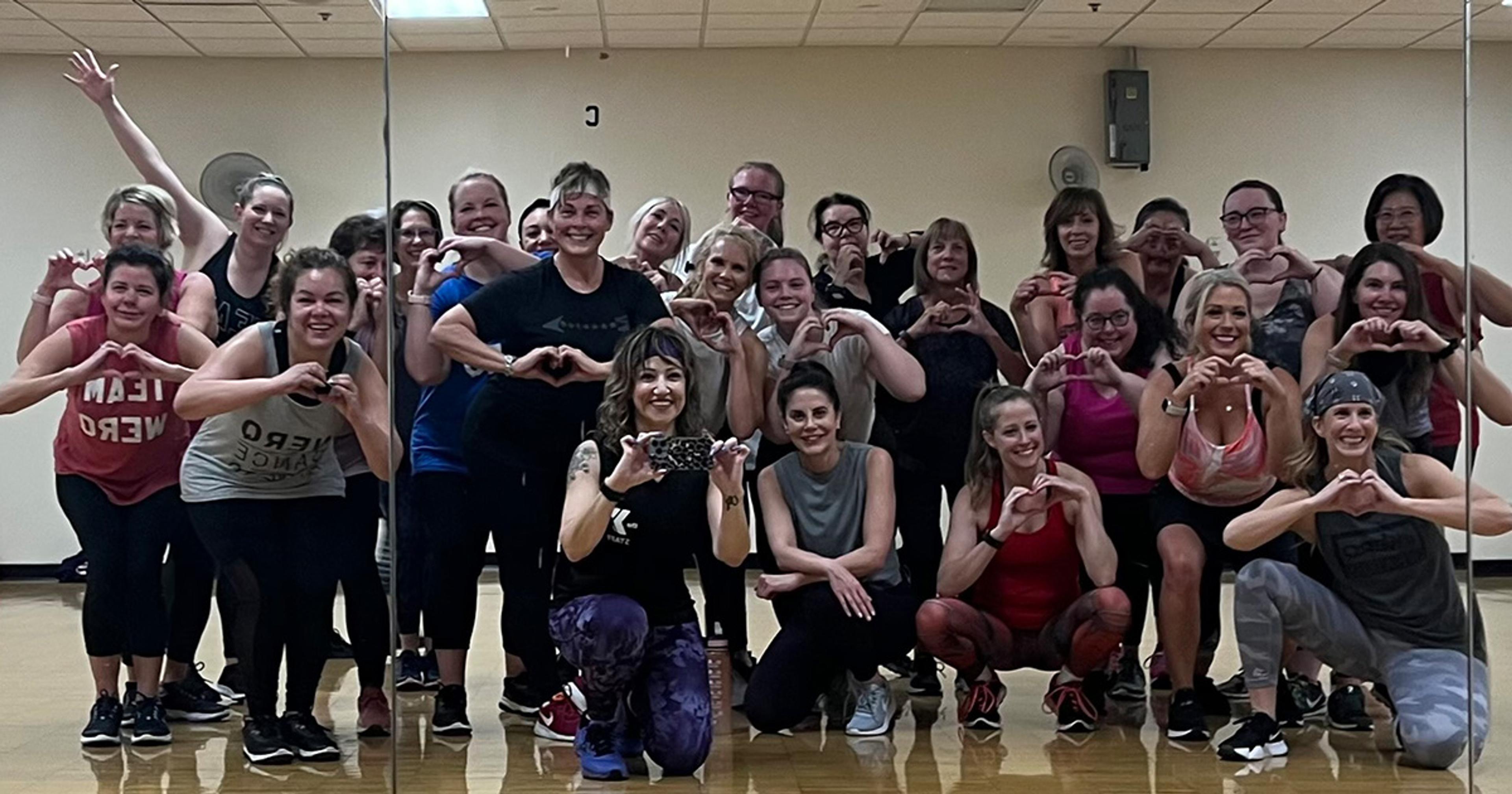The 10,000 steps challenge: Too many, or not enough?
Daniel Dumas
| 3 min read

So it’s the beginning of the month and you’re about to begin your new walking program as part of your healthy lifestyle. You’ve consulted your physician who has given you the green light to practice walking long distance (check), you’ve purchased a pedometer (check) and most likely the fitness app you’ve consulted has informed you that 10,000 steps is the recommended amount for maintaining good health.
Well before you head out on your 5-mile journey, consider this question, is 10,000 steps even the official recommended number of steps and is it really necessary?
Research shows that 10,000 isn’t a scientifically proven number and actually originates from Japanese pedometers marketed in the 60s with the name “manpo-kei” meaning “10,000 steps meter.”
How much should you move?
The average adult walks nearly 5,900 steps per day, the Centers for Disease Control and Prevention recommend adults engage in 150-minutes of activity to stimulate aerobic health and muscle strength, which is the equivalent to taking almost 8,000 steps on an energetic walk. To reach that mark, you’d have to record and log the amount of steps you take every day in a week to find your average, then find ways to increase your daily walking activity, like a 40-minute walk in the morning or after work.
Tips for adding more steps to your day
At the end of the day there’s really no such thing as too many steps, you should always aim to get as many as you can. If you can do more than 8,000 steps or 10,000 steps per day, then you should definitely go for it, because there are so many health benefits to walking. Walking helps strengthen your heart, maintain a healthy weight, improves your mood and aids in preventing heart disease and type-2 diabetes. Here are some tips for increasing your daily step total whether you’re at work , at home, or on the go.
At work
- Use the farthest entrance into your job and walk the longest route inside the building to your work space.
- When you’re waiting for a meeting to start or waiting for an elevator, pace around in circles instead of standing in place.
- Walk to your co-workers to speak with them in person instead of calling or emailing them to chat.
At home
- Get up and walk around the house during commercials and always volunteer to walk the dog.
- If possible, always use the bathroom, opposite, from the floor you’re on. If you’re upstairs, use the downstairs bathroom and vice-versa.
- Form a neighborhood walking group and setup walking sessions throughout the week in the morning, noon or night.
On the go
- When shopping, take the shopping cart all the way into the store to place it in the cart rack and despite the habit most of us have developed to do otherwise, try to park farther from the store entrance, than you normally would.
- Look for destinations in your area that are close and next time you need to go to them, walk instead of drive. At fast food restaurants, try and avoid using the drive-thru window and walk into the restaurant to place your order.
- When dropping your children off, be it for sports or ballet, try and set aside 10-15 minutes to walk after dropping them off, or arrive early to pick them up.
Photo credit: Ed Yourdon





